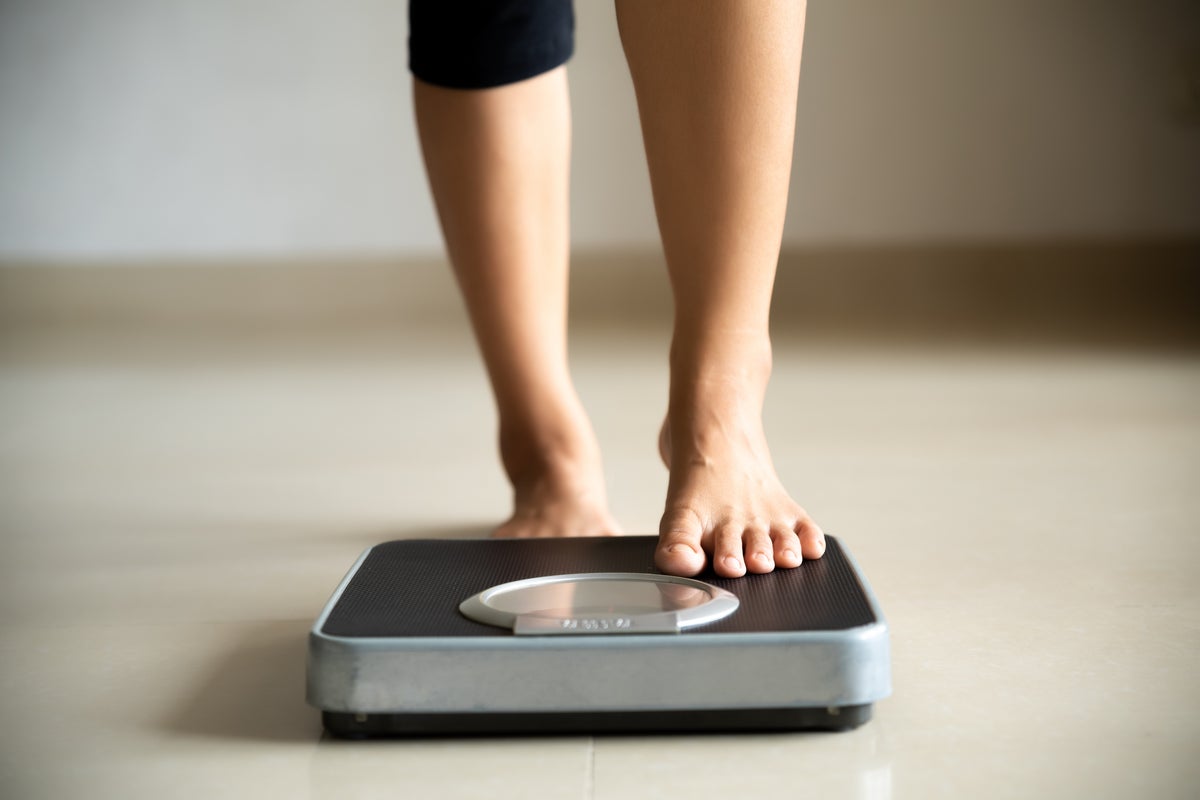
America’s obesity rate is on the decline, a new Gallup poll published Tuesday shows, falling nearly three percent as the use of popular GLP-1-class diabetes and weight loss drugs has surged.
There are now 7.6 million fewer U.S. adults living with obesity than there were just three years ago, Gallup’s surveys of nearly 17,000 adults found.
The findings come after the nation’s obesity rate peaked at a record high of 39.9 percent in 2022. That’s also dropped down to 37 percent, the global analytics and advisory company said.
Federal data from 2020 showed that more than 100 million American adults have been living with the chronic condition, which is linked to stroke, cancer and more than 40 diseases.
Gallup assessed respondents’ obesity using body mass index, a measurement doctors have said is antiquated and inaccurate and a recent analysis says reveals a major undercount of obesity in the U.S.
But even relying on the measurement, experts had warned that the number of Americans living with obesity or who were considered to be overweight would nearly triple by 2050 without “immediate action” to reverse the trends.
Enter: Ozempic and other drugs made with the active ingredient semaglutide.
They’ve helped Americans shed dozens of pounds in the span of just months.
Use of the injectables – pills are on the way – has more than doubled since early last year, Gallup said. And the age groups with the greatest rates of using the drugs also saw the largest reductions in obesity rates.
Now, 12.4 percent of adults – the majority of whom are women – report taking the drugs specifically for weight loss, compared with only 5.8 percent in February of last year.
Both men and women more than doubled their use in the past year as awareness of the drugs increased throughout the country.
Gallup said that whether or not the U.S. obesity rate continues its downward turn may depend on expanded access to the shots.
“Expanding access to these treatments may be an important factor in determining whether the current decline in obesity becomes a lasting trend, since despite recent declines the U.S. obesity rate remains very high by historical standards,” Gallup said.
Right now, 13 states cover GLP-1s for obesity treatment under Medicaid, according to health policy non-profit KFF.
Gallup also highlighted that although obesity rates had fallen, diabetes diagnoses have reached an all-time high, at 13.8 percent of respondents.
“Only if the rate of new diabetes cases starts to decline will the U.S. rate eventually follow…” said Gallup. “Sustained health progress will likely depend not only on medical innovation but also on rebuilding healthier daily routines that complement pharmacological treatments.”
